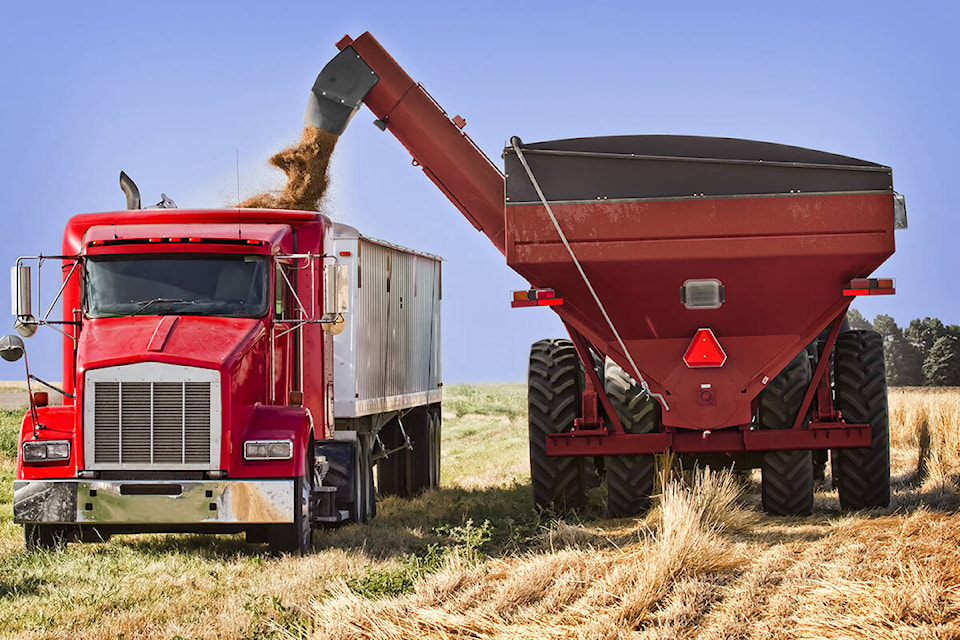It’s been a challenging year for agricultural producers. 2021 harvest is nearing completion and it’s time for farmers to evaluate whether your risk management strategy was effective. Doing this before typical end-of-year tax planning can help set you up for success next year by managing your cash flow.
Unlike other businesses, agricultural producers have an opportunity to manage income tax by deferring receipt of income and / or purchasing inputs for use in the upcoming year. This allows for tax deferral, but requires a strategy to ensure tax planning is beneficial. In addition to this opportunity, there are provisions in place that allow producers who sell part of their breeding herd due to drought in prescribed regions to defer a portion of the sale proceeds to a following year.
“Is it a good business decision to defer the tax? What is the actual impact on cash flow? What if paying the tax and having access to those funds earlier could be a benefit,” explains Connie Adam, agricultural business advisor in MNP’s Central Alberta Region. “If I have debt sitting at four per cent interest, those deferred funds could have been used to reduce interest, or I could have invested in machinery or another opportunity that could have benefitted my farm, what is the cost of that opportunity lost?”
This is the time to evaluate whether your coverage through programs like AgriStability and crop insurance worked for you. MNP’s Ag Risk Management Projector tool can assist with answering that question, more information can be found on www.mnp.ca.
“If you know you’re going to get half of your average yield, we can enter in your financial information and risk management tools that were employed and estimate of what you’re going to receive and show when insurance programs like AgriStability are going to kick in. This could reduce stress because you know your risk management strategy worked and can make more informed decisions about how to manage your operation for the rest of the year,” says Connie.
MNP recommends doing your end-of-year tax planning once your crops are in the bin or you’re ready to market your cattle. How did your crop perform? Did you get the yield you hoped for or the weight gain you expected? If not, now is the time to talk to lenders.
“Lenders are there to help, but they need time to do that. Talk to them as soon as you know your revenue is going to be down to see how they can help you maintain positive cash flow.”
From Connie’s perspective as an advisor, the key thing for farmers to remember is that it’s critical to make strong business decisions. It can be tempting to spend money to reduce income taxes, buying machinery you don’t need or getting into a new commodity you aren’t experienced with will only cost you in the long run.
To learn more, contact Connie Adam, Agricultural Business Advisor, at
